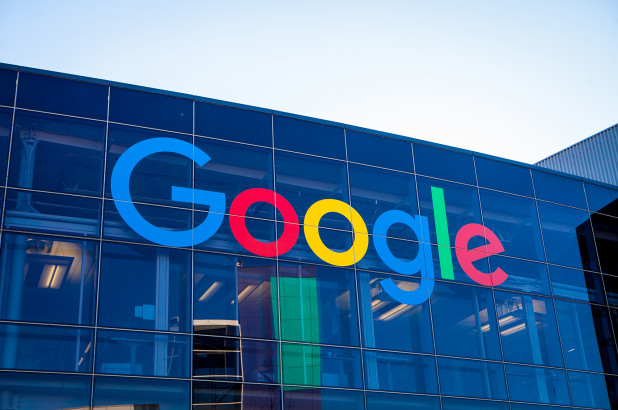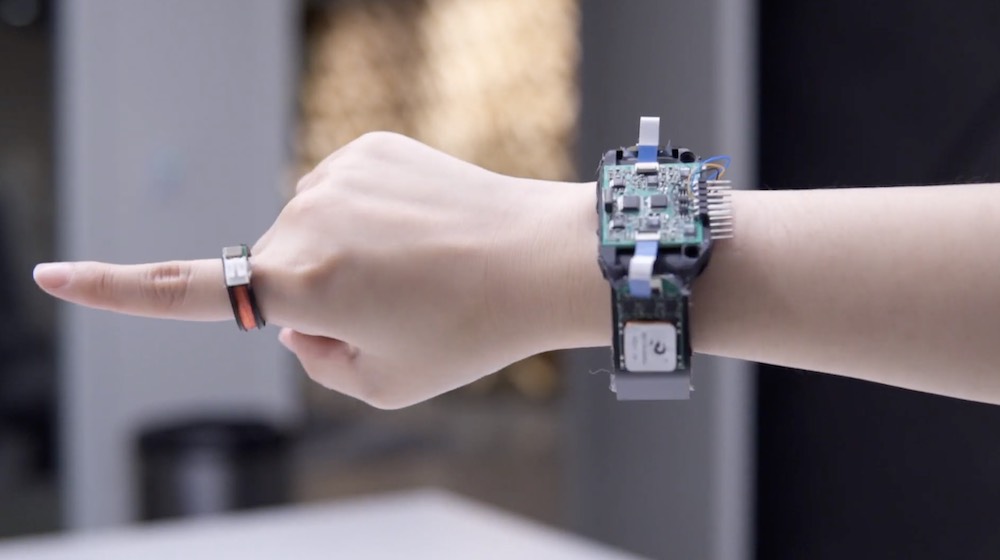What is the natural state of Artificial Intelligence? We spoke with Francisco Martín, a global pioneer in AI and Machine Learning, to understand the current situation of this technology and its influence.
Far from an apocalyptic vision where robots will dominate the world, Artificial Intelligence (AI) coexists with the human being in a more peaceful way. The technology projected in Terminator will hardly be a reality.
However, AI can predict the success of a startup or the risk of diabetes. Tools like Machine Learning (ML) they will allow us to study volumes of data that our brain is unable to analyze efficiently. We also have the advantage that a Machine Learning (ML) system does not get distracted, sick or need no sleep.
What does the Artificial Intelligence industry think? According to one of the latest Forrester, most U.S. companies point to the following topics as the factors that are holding AI back the most:
- On the one hand, the 42% he points out that there is no definite business case.
- For the 39% it’s not clear that AI can be used.
What do the experts think? To find out what Artificial Intelligence is capable of today, we talk with Francisco Martín, world pioneer in Machine Learning (ML) technology.
Source: Manu Cabrera
The goal of ML is to better know the human being
First of all, ML is an area within Artificial Intelligence, in fact, “it is the only area that works within this technology. Everything else, I’ve only seen it in movies, ” says Francisco Martin, CEO and co-founder of BigML, reference company in Machine Learning solutions.
“ML is a set of algorithms capable of analyzing data in multiple dimensions, from which a pattern is drawn and then an inference can be made, that is, predictions,” he says. What types of algorithms can we find? Range from algorithms to ‘rating’ with which you can predict a category, as if a fact is true or false, blue or yellow; ‘regression’, to predict numbers, and algorithms ‘unsupervised’, through which inferences can be made such as finding anomalies. ”It’s a tool that allows humans to find patterns in data.”
For example, you’re going to start a startup and you’re interested in whether it will succeed or not. ” If you have the data of companies that have gone well and that have gone badly in the same sector, from which is the founding team to whether they are patenting or not, an ML algorithm can give an accurate statistical representation, ” says Francisco.
Paradigm shift: new information systems
If you think this technology is new, you’re very confused. Lthe first theories for making ML-based programs come from 1953. So what’s happening now? What is happening ” is a paradigm shift, from which, information systems are created in a very different way than they have been created so far.”
“In any information system there is always an expert who knows the dominion and writes the rules.” Let’s continue with the example: to know the success of the startup without using ML, we can ask investors or entrepreneurs and, based on these rules, a programmer encodes them and a program predicts success or failure.
” With ML the expert will no longer have so much influence because you rely on data, you collect it, and you no longer need to program because you have an algorithm capable of learning patterns, ” argues Francisco Martín. This concept can be applied to anything.
The only thing that works around AI is Machine Learning
As we mentioned at the beginning, ML is the only technology that really works within Artificial Intelligence. To give us an idea, the first mentions of this technology are from the decade of the 50s. The current problem is that ” several billion dollars have been put into operation in companies that they try to solve a problem that the rest of humanity has been unable to solve in 67 yearss”, highlights Martín.
In this scenario, the ML expert predicts that the academic side needs many more years of research until we achieve something minimally intelligent.“We have a tendency to anthropomorphismto think that our brain works like a computer, and to make computer systems that try to mimic how a brain works. It’s totally wrong.”
They’re trying to make robots perform the same functions as humans and it’s a wrong way to get something done with AI because artificial neural networks do not work like the neural networks of the brain.
“If I teach you a yellow banana, you immediately learn what a banana is. If I show you one in a bunch, or green, you’ll know that’s a banana. You have to give a computer thousands of bananas, and if you show it one in a bunch, it doesn’t know what it is. Humans learn from very few examples and we are able to generalize very well,” explains Francisco Martín.
Representation of this concept for the Legal Management Forum 2017 event. Source: Francisco Martín.
So what we’ve heard hundreds of times that machines will eventually replace humans at work is more of a disinformation epidemic than a future reality. “What’s going to change is the way people program machines, everything is going to be much more efficient, but there’s a lot of time left.”
Democratizing access to Machine Learning
One of the objectives of companies is to adapt Machine Learning to any user “that is,”that a person without any statistical knowledge is able to use it in the same way as using a spreadsheet”, note.
The same thing that happened in the 90s with the advent of the Internet will happen. At that time people looked at a browser and wondered what it was for. Or e-mails. Can you imagine living without communicating online? “The adoption of these technologies is on the same path.”
“All these kinds of instant predictions are going to be part of our life and we’re going to have a higher level of personalization”. This is the work of BigML, the company led by Francisco, which makes ML easy for all users.
To date, you needed an engineer or scientist to use an ML tool. Now, ” any analyst in the world can create an account and, for free (up to certain levels), start using ML. We are democratizing access to technology that would otherwise be in the hands of big businessFrancis concludes, who has also managed to reach the 50,000 users in your company thanks to this technological solution.








